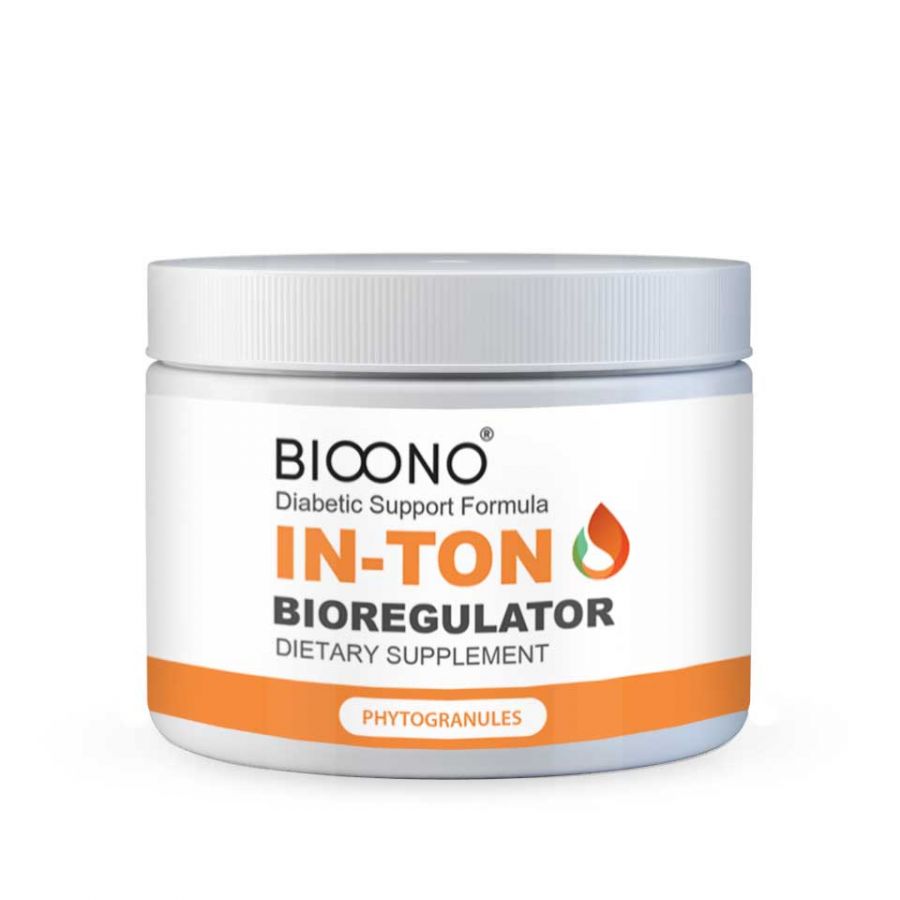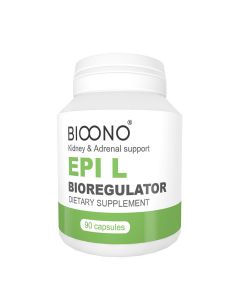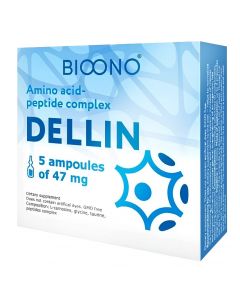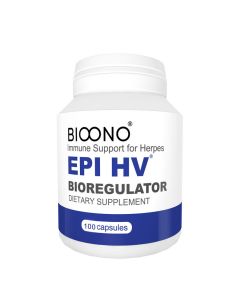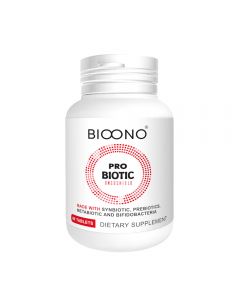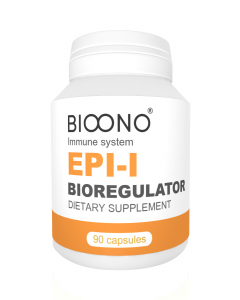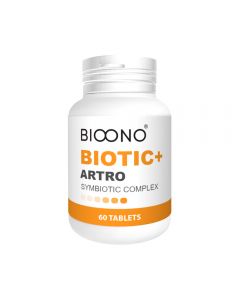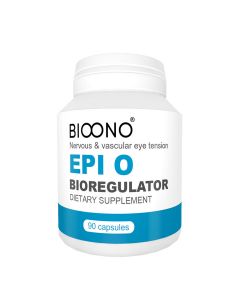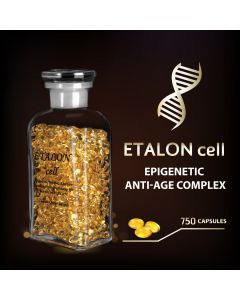InTon - a unique remedy for diabetes
- It is an important regulator (stimulator) of microinsulin production (insulin precursor)
- Is a cleaner of cellular insulin receptors (key lock)
- It is a stimulator of the body's adaptive reserves (homeostasis)
- Partially modulates the immune system (autoimmune processes)
The coefficient of sugar reduction in cells - CPS - is a compensatory coefficient for the action of microinsulins / insulin precursors, at which conditions are created in the cell for a fast / stimulated process of sugar metabolism, the excess of which can be “ejected” into the intercellular space. In this case, a paradox arises: an increase in sugar in the intercellular space (temporary) with the norm of sugar in the cell.
This paradox has its own conversion factor - 2.03. But this paradox is observed only in the range of blood glucose values from 8 to 15 mmol/l.
Why is InTon useful?
- Normalizes cellular glucose metabolism
- Regulates pancreatic function
- Removes puffiness, regulates water exchange
- Positive effect on the functioning of the digestive system
- Helps improve vision
- Restores and strengthens the immune system
Clinical trials and consumer research of In-Tonas an instant dietary supplement for people with diabetes
Using the selective selection method, a working group of scientists, physicians and mycologists developed and clinically tested the drug, which formed the basis of the new drug and dietary supplement In-Ton with a quick effect for type 1 and type 2 diabetics (type 1 diabetes is regulated by a general lack of insulin a 2 type when there is not a sufficient response of cells to insulin).
In the working prototype of the drug, the main natural elements were exclusively selected (the specific positive effect of which in diabetes has been practically proven for a long time), which became part of the basis of the new drug. It is this exclusively selected and specially prepared composition (new technology of extraction, active structural modulation and layout) that allows you to start influencing and regulating sugar metabolism in the body as quickly as possible (the primary result can be seen already from 3-5 days of use).
After 120 days (the first necessary phase of therapy), the own cellular response to the level of insulin resistance appears or is restored, and evaluation (reassessment) of drug indicators for the treatment of diabetes is possible. And although these indicators are strictly individual, the general tendency to reduce doses of insulin and medications is present in most diabetics (both types). This allows us to state that a food supplement (drug) can be both an independent active agent and a part of any therapeutic effects associated with the problem of diabetes, high blood sugar or its regulation at any stage of this pathology, destruction, or used as a means of preventing these changes.
The preparation contains:
- Vitamin E (tokoferol) - Recent studies have shown that this vitamin is not only a natural antioxidant, but it also affects blood glucose levels and, in combination with other trace elements, improves responses to insulin.
- Vitamin C (ascorbic acid) – Like vitamin E, it has a similar metabolic effect and in addition can serve as a “transport” element for other compounds of the drug. the effect of these vitamins on sugar metabolism, and in a very wide range. And with further combinatorics with other elements of the plants from which they were obtained, the inflammatory processes that are associated with the development of diabetes as well as pathologies of the cardiovascular system are significantly reduced.
- Calcium - In addition to its key role, it helps to carry out a number of communication processes between cells and in the cellular space during insulin metabolism.
- Alisma plantago Aqualica L. (Alismatalaceae): Increases the sensitivity of cells to insulin and, after special extraction, the result of its action matches and even exceeds the action of many drugs supplied to diabetics today. This was also confirmed by a professional study carried out in Italy in 2006, which confirmed the previously mentioned fact that Alismatalaceae extract ranks among the most active elements that can affect sugar metabolism.
– Cornus officinalis Sieb et Zucc: A long-known medicinal herb in the East. Studies of its phytotherapeutic action have confirmed a positive effect in diabetes, especially on the restoration of insulin's own cellular reproduction. In addition, it protects insulin-producing cells from damage by toxic elements and nervous stress (tension).
The study also deserves attention, proving the fact of reducing the pathological effect of high blood sugar levels on delayed kidney damage (in the horizon of 10-15 years), which happens quite often in diabetics. A scientific and 15-year clinical study was conducted on the control group of patients voluntarily participating in the experiment, which showed a significant positive difference in the group receiving this extract from the control group - not taking it.
– Rehmannia glutinosa (Gaertn.): Research and scientific data show that the bioactive, extracted form of Rehmannia glutinosa has broad pharmacological effects on the endocrine, cardiovascular, nervous and immune systems. Currently, effective monomeric compounds and its biologically active forms are subject to further screening. Clinically tested the activity of drugs, which include Rehmannia glutinosa, to reduce sugar levels.
– Radix Aconiti lateralis praeparata: We investigated the effect of the extracted active phase of the phytoextract, based on Radix Aconiti lateralis, not only on the cells of diabetic rats but also on Schwann cells (lemmocytes are auxiliary cells of the nervous tissue). The main components of FERAL and MFERAL (working abbreviations of Radix Aconiti lateralis phytoextracts) and their effect on both high glucose and the components responsible for its activity in male rats were identified, which were randomly divided into control, diabetic and methylcobalamin groups (one of the main components in the treatment of diabetic neuropathy).
After two weeks of treatment, both glucose levels and nerve conduction velocity, as well as withdrawal latency, were measured. In vitro, cells were grouped according to exposure: normal glucose (NG), normal glucose plus methylcobalamin (NG+M), high glucose (HG) control, high glucose plus various concentrations of FERAL (0.1 µg/mL, 1.0 µg/mL and 10.0 µg/mL) (HG+FERAL) and high glucose plus MFERAL (HG+MFERAL).
Nine alkaloids have been identified. The results of an animal model showed that FERAL was more effective in accelerating the rate of decline in glucose levels and nerve conduction in diabetic rats than methylcobalamin exposure controls. And in vitro with FERAL, cells were also found to be protected from high levels of glucose damage much faster. It has been noted that FERAL has a strong protective effect on insulin-producing cells in rats with diabetic neuropathy, which is probably achieved by its anti-apoptotic effect. The apoptosis rate data suggest that FERAL protected cells via the mitochondrial pathway and extractable alkaloids are the main components contributing to the protective effect.
- Ootheca Manthidis (mantis larvae extract), Laminaria japonica Areschong and Dioscorea persimilis Prain et Burkill. The components that are extracted from them have unique properties for the regulation of elevated blood sugar levels and have a positive effect on the processes of stabilizing glucose levels to insulin tolerance.
- Oxalis acetosella + Plantago Major L. This natural compound creates an extensive group of biologically active substances called flavonoids. It includes about 150 elements, and the synthesis of some of them is noticeably reduced as a result of diabetes. This inevitably leads to many side pathologies directly related to diabetes. One of them is the weakening of blood microcirculation and molecular conductivity. When using this combination of herbs, a high level of stimulation of blood microcirculation and an increase in vascular permeability is achieved, which is extremely necessary for diabetes.
- Polygonatum odoratum. From this plant, in addition to everything, a binding alkaloid is released (alkaloids, when properly diluted or in small doses, have a therapeutic effect, and in large doses they are poisonous), necessary for sugar neutralization reactions and many sometimes even hidden inflammatory processes associated not only with diabetes.
- Achyranthes bidentata Blume. This plant enhances the action and biological activity of other medicinal herbs. Among other things, its use has shown good results in the treatment of diabetic gangrene.
- Poria cocos Wolf., (Polyporaceae). Mushroom Poria cocos (Polyporaceae) is used in approximately 30% of all Kampo (traditional Japanese herbal medicine) formulas. It consists of several pharmacologically active ingredients. To date, little research has been done on this fungus in Europe, although there is significant clinical experience and pre-clinical studies in Japan and China on dozens of formulations containing Poria cocos that are now prescribed in the official medicine of these countries. And if we talk about the history of its use, then some powder formulas containing this mushroom are more than 1800 years old. Used in combination with other herbs, you can achieve sustainable indicators to reduce blood sugar levels and also to stimulate blood circulation.
Active ingredients derived from other components of the drug have a positive effect on elevated blood sugar levels and help stabilize its desired level.
Clinical methodology and results
This clinical trial population consisted of 250 older respondents under the age of 80 with type 1 and type 2 diabetes. Of these, there were 114 men and 136 women. They used 1 or 2 sachets of In-Ton, according to their body weight (1 sachet contained 4 g of the drug), and always together or immediately after the main meal and washed it down with min. 200 ml of water or other liquid (it is after the main meal that the sugar level is always the highest). In this study, the drug was taken for 90 days. During testing, the so-called. short sugar and once a day long sugar (usually in the morning).
- During the first 2 days from the start of the intake (on day 3), a decrease in sugar occurred in 98% of consumers (the decrease also occurred from their standardly held indicators, since before the study and taking In-Ton, 100% of respondents had high short sugar)
- In 20% of respondents, already after a month of using the drug, the levels of pathology accompanying diabetes began to decrease.
- After 40 days of use, short and long sugars decreased in 100% of respondents. Moreover, 10% at this stage confirmed an improvement in vision, 30% of respondents had decreased gum bleeding, and 5 people noted a decrease / absence of a usual allergic reaction when taking other medications.
- 45% rated a significant increase in strength and vitality after 2-3 weeks of taking the drug.
- Eighteen respondents with type 1 diabetes, after consultation with their physicians, had their insulin doses reduced as early as the first month of taking the drug (the reduction was prescribed to each individual, according to their stable blood sugar data). A general downward trend in the doses of diabetic drugs taken was observed in all respondents with type 2 diabetes.
- Subjectively, most of the subjects noted an improvement in the quality of the skin and the functioning of the gastrointestinal tract (the parameters of this symptomatology were not the object of this study).
- Later tests showed an improvement in kidney and liver function in 85% of the respondents.
- In addition to the beneficial effects of In-Ton on blood sugar levels, virtually all respondents confirmed an improvement in well-being and the elimination of some other side effects of diabetes.
Conclusion
The average monthly rate of lowering blood sugar for the testing period was 2-3 units.
- In 52 cases, a drop to 8 units was noted.
- In 2 respondents, sugar decreased to around 5 units and remained within these limits for a long time.
- 7 people, after taking the standard dosages of the drug for their weight, stated hypoglycemia and reduced the dosage by half.
- The result of this study confirmed the high efficiency of the use of In-Ton in all the studied parameters.
- No side effects were noted, except for an unpleasant taste and inconvenience of taking a low-dispersion powder (today it has been decided to replace the powder with a concentrate in granules or tablets).
- It can be confidently stated that In-Ton food supplement will be an alternative treatment for diabetes or a means of regulating blood sugar for both type 1 and type 2 diabetics.
Application:
Method of application Approximate dosages of InTon according to the weight of the consumer:
- up to 30 kg - 2 gr.
- 30 - 50 kg - 2-3 gr.
- 50-60 kg - 3 gr.
- 60-80 kg - 3-4 gr.
- 80-90 kg - 4 gr.
- 90-100 kg - 4-5 gr.
- 100-110 kg - 5 gr.
- 110-120 kg - 5-6 gr.
- 120-130 kg - 6 gr.
- from 130 kg. — 6-8 gr.
Ying tone is applied strictly 15-20 minutes before meals - Drink 150-200 ml of water
For a more efficient calculation of the dosage of the drug - provide us with the following data:
- Age
- Height Weight
- Disease experience
- What medications are you taking
- Insulin?
Blood analysis:
- fasting glucose
- Glycated hemoglobin
- C peptide
- HOMA index
- Liver disease
Compound:
- Poria cocos Wolf., (Polyporaceae) - stimulation of blood circulation, regulation of metabolism
- Cornus officinalis Sieb et Zucc - restoration of insulin's own cellular reproduction
- Alisma plantago Aquatica L. (Alismataceae) - increases the sensitivity of cells to insulin
- Cyperus Rotundus - stimulant of the digestive, cardiovascular and nervous systems
- Gymnema Sylvestris - cellular glucose metabolism, restoration of pancreatic cell functions
- Atractylodis macrocephalae - protection of the liver from external factors, renewal of liver cells, improvement of intestinal motility, production of enzymes / enzymes that affect the reduction of blood sugar (work in the cell)


